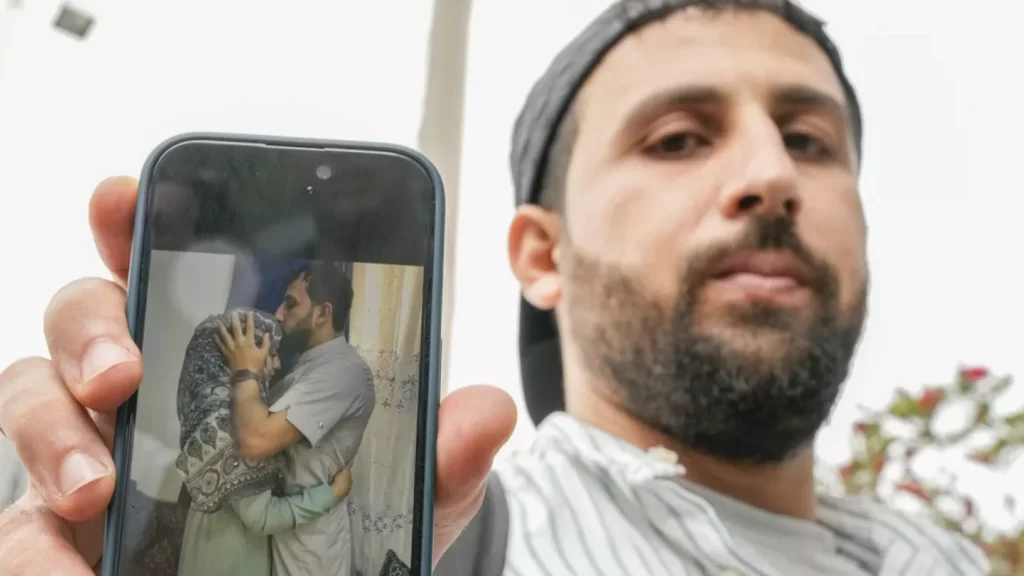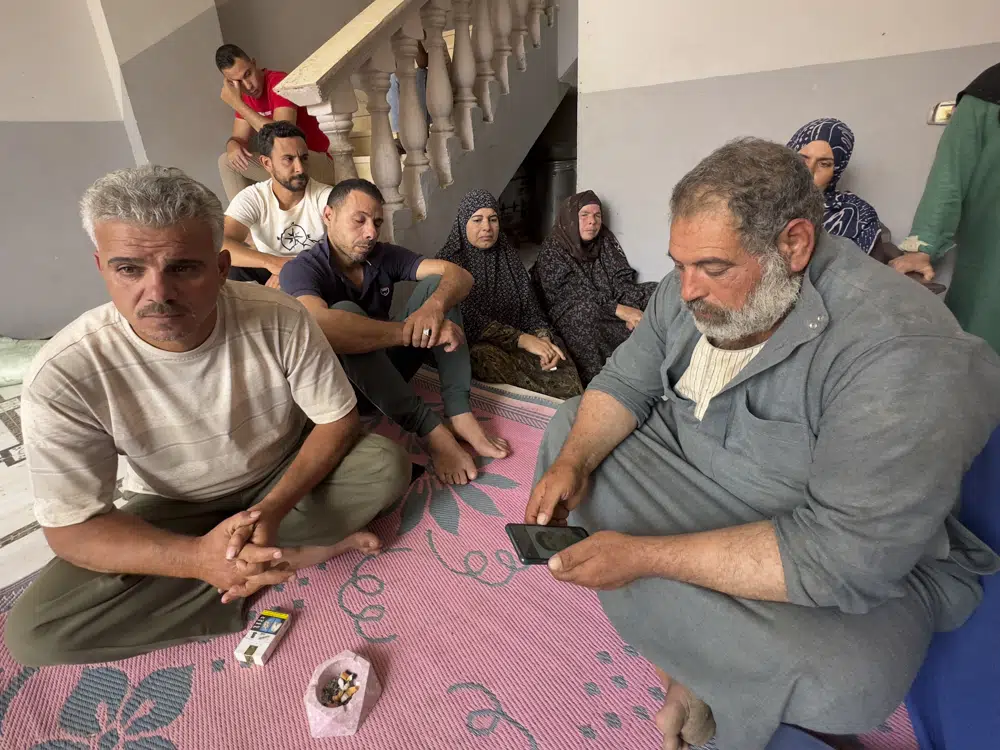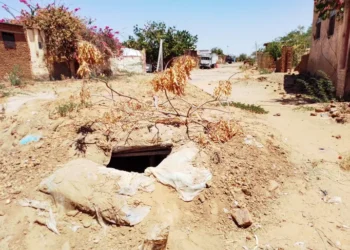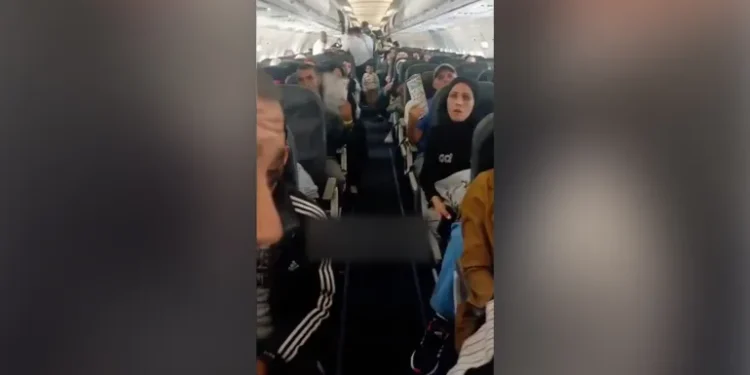About 750 migrants, including women and children, were onboard of a boat when it capsized and drowned off the waters of Greece, in one of the deepest regions of the Mediterranean Sea.

Only 104 people survived, 78 bodies have been recovered, as at June 14, meaning the likelihood of discovering any other survivors have decreased. The shipwreck raised concern and fury over how European authorities have handled the surge of migrants. This accident appears to be one of the deadliest calamities in the Mediterranean in recent memory.
Among the victims of the deadly accident is Yahia Saleh. His father last heard from him, when he was preparing to board a migrant ship from Libya to Europe.
The 18-year-old traveled on a vintage fishing boat, that took off from the eastern Libyan port of Tobruk. Same as many other young guys from his community in the Nile Delta of Egypt, Saleh was migrating to Italy. Like other family members, Saleh’s parents are unaware of their son’s whereabouts. He left home barely a month ago, without informing his family of his intentions.

Moreover, many of the area’s young men and teenagers took this risky journey to Libya with the hopes of crossing the Mediterranean Sea to Europe. According to five people who spoke on the condition of anonymity, some of them made it to Italy, but many more were apprehended and sent back home, by the authorities.
In response to a fatal tragedy that occurred in 2016 off the coast of Rossetta, Egypt shut its maritime borders to migrant boats. The government made regular attempts to deter young men from migrating illegally, but the nation’s economic turmoil has driven many of them out, despite the risks involved.

Days after the accident, Greek authorities detained nine Egyptian men and accused them of transporting people and taking part in a criminal business.
Moreover, nearby Libya became a destination for many trying to go to Europe. On foot, they journey thousands of kilometers to the Libyan coast, where human traffickers load them onto rickety boats bound for Europe. Other Egyptians from Saleh’s hometown, were aboard the trawler. Relatives claim that, only six people are believed to have escaped the shipwreck.

The Egyptian Embassy in Athens released a list of 43 Egyptians who survived the accident, including youngsters. Migrants from Cairo and other Nile Delta provinces were listed.
“The village is wounded,” said one villager, Sameh el-Gamal. “It’s a catastrophe. Each family has a funeral.”
Saleh’s parents claimed that, they tried hard to persuade him over his decision to embark on the dangerous journey, some months ago. However, as his family’s standard of living worsened, he became more and more resolute.
Saleh occasionally worked as laborer, making approximately $60 a month, and assisted his father in tending to their little farm, his mother revealed. She stated that, “he wanted to assist us.”

According to Saleh’s father, he intended to replicate the actions of other locals who recently used Libya to reach Europe and send money home. He said goodbye to his mother one evening in the middle of May without letting her know where he was heading. She assumed he would socialize with pals that night.
Saleh’s mother recalled her last moment with her son before he left the house, “He kissed my forehead as if he knew that it would be the last time he would see me.” The parents became aware a day later that, he had gone to Libya with his cousin and four other males. To pay for the journey, he had taken out a $50 loan from a peasant.
READ ALSO:Russia Declines UN’s Aids For Kakhovka Dam Victims






















